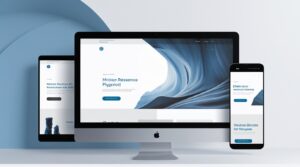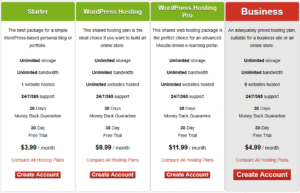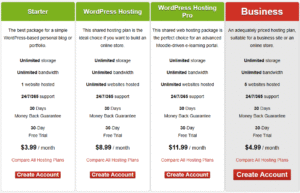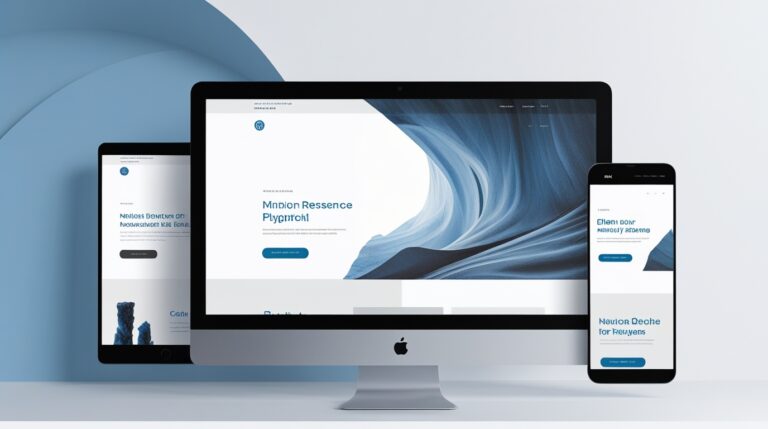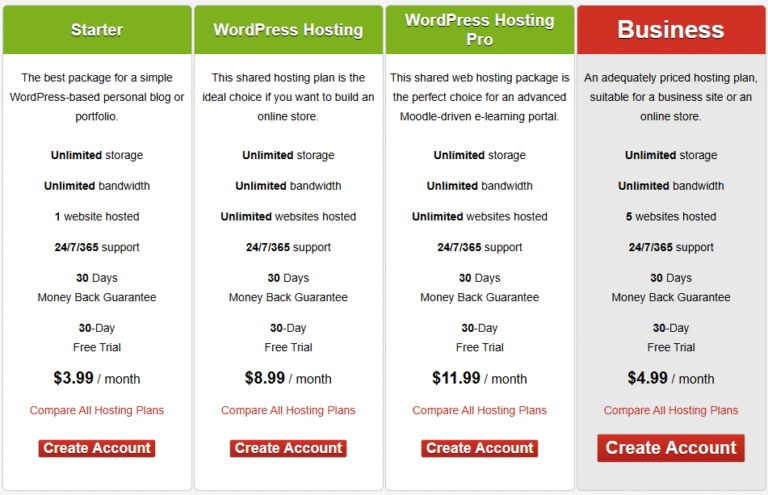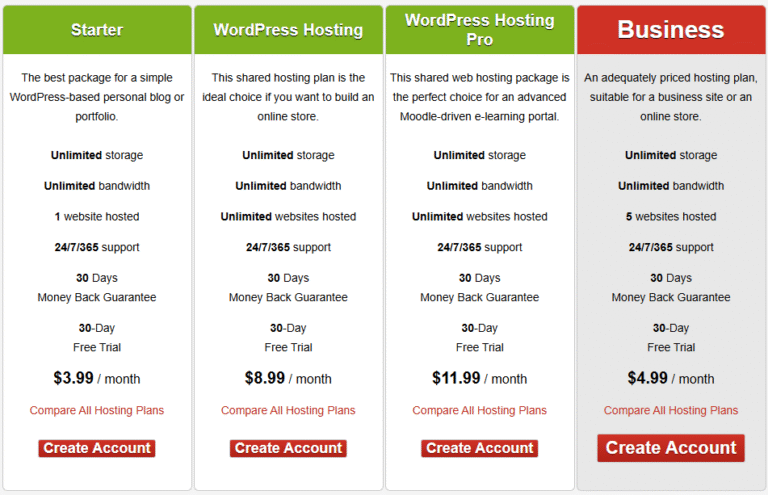Good news, DIY website creation doesn’t have to feel overwhelming. If you’re an aspiring content creator or freelancer, these easy hacks will help you launch a polished, professional-looking site without hiring a designer. With a clear plan and the right platform, you’ll have your dream site up quickly.
Plan your dream site
Start by defining your goals, target audience, and content structure. Jot down what you want visitors to do—subscribe, browse your portfolio, or buy digital products. Then sketch a simple site map (even on napkin paper). Seeing pages in order helps you spot gaps and avoid confusing menus later.
Pick the best platform
Choosing where to build shapes every other decision, from design options to hosting costs.
Hosted website builders
Tools like Wix, Squarespace, and Shopify include templates, hosting, and support in one package. You’ll trade some flexibility for an all-in-one setup, which means less technical work and faster launch times.
Self-hosted content management systems
Platforms such as WordPress let you install themes and plugins on your own hosting account. You’ll manage updates and security yourself, but you’ll also gain full control over custom features. For an in-depth walkthrough on setting up hosting and domains, see building a website from scratch.
Static site generators
If you’re comfortable with code, tools like Hugo or Jekyll convert simple text files into fast, secure sites. You’ll need to handle deployment (for example, via Netlify), but you’ll enjoy lightning-fast performance and minimal maintenance.
Craft engaging design
Your site’s look matters as much as its function. Aim for a clean layout, consistent colors, and readable fonts.
- Focus on brand consistency (logo, color palette, tone of voice)
- Use ready-made templates as a starting point (they save hours of design work)
- Keep navigation simple—limit main menu items to five or fewer
- Add high-quality images (compress them to speed up load times)
Good design isn’t about fancy effects, it’s about guiding visitors to what matters most.
Boost site performance
Speed and usability can make or break a visitor’s experience. These quick steps help keep your site running smoothly.
Optimize images
Compress photos before uploading (tools like TinyPNG work well), and use the right format—PNG for graphics with flat colors, JPEG for photos.
Enable caching
Set up browser caching so returning visitors load common files locally instead of downloading them again.
Minify files
Remove extra spaces and comments from CSS and JavaScript files to shave off kilobytes. Many site builders or plugins handle this automatically.
Ensure mobile friendliness
Test your pages on smartphones and tablets. Most themes are responsive by default, but double-check that menus and forms adapt neatly.
Launch and promote
You’re almost there—time for checks and a bit of outreach.
Run a pre-launch checklist
- Test links and buttons on every page
- Preview on multiple devices and browsers
- Set up basic analytics (Google Analytics or similar)
- Verify your site’s security (install an SSL certificate)
Share your site widely
Once live, post an announcement on social media, update your email signature, and add the URL to your online profiles. You might send a quick note to past clients or colleagues—word of mouth still works wonders.
Recap and next steps
- Plan your goals and sketch a site map
- Pick the right platform for your needs
- Apply a consistent, clean design
- Optimize images, caching, and code
- Run final checks and share your site
Choose one section to tackle today—maybe sketch that site map or test a new template—and build momentum from there. You’ve got this, and before you know it, your DIY site will be live and ready to impress.


